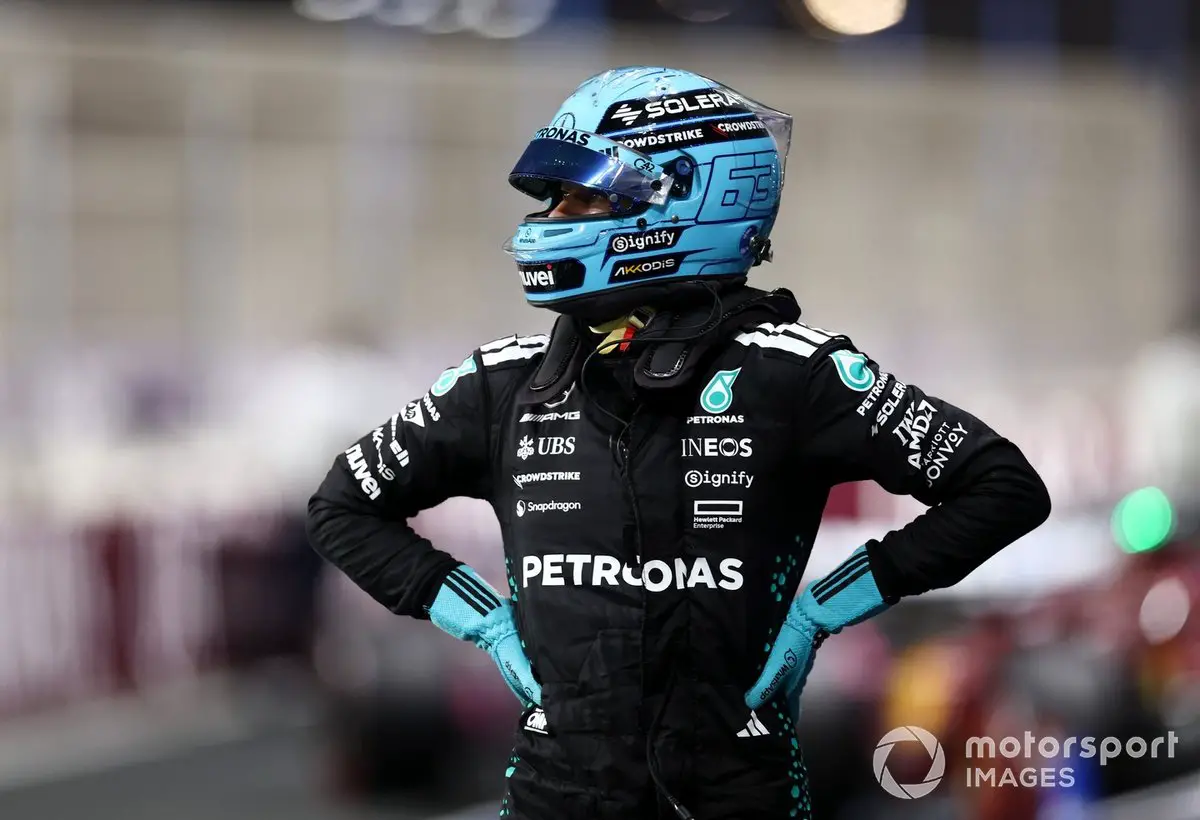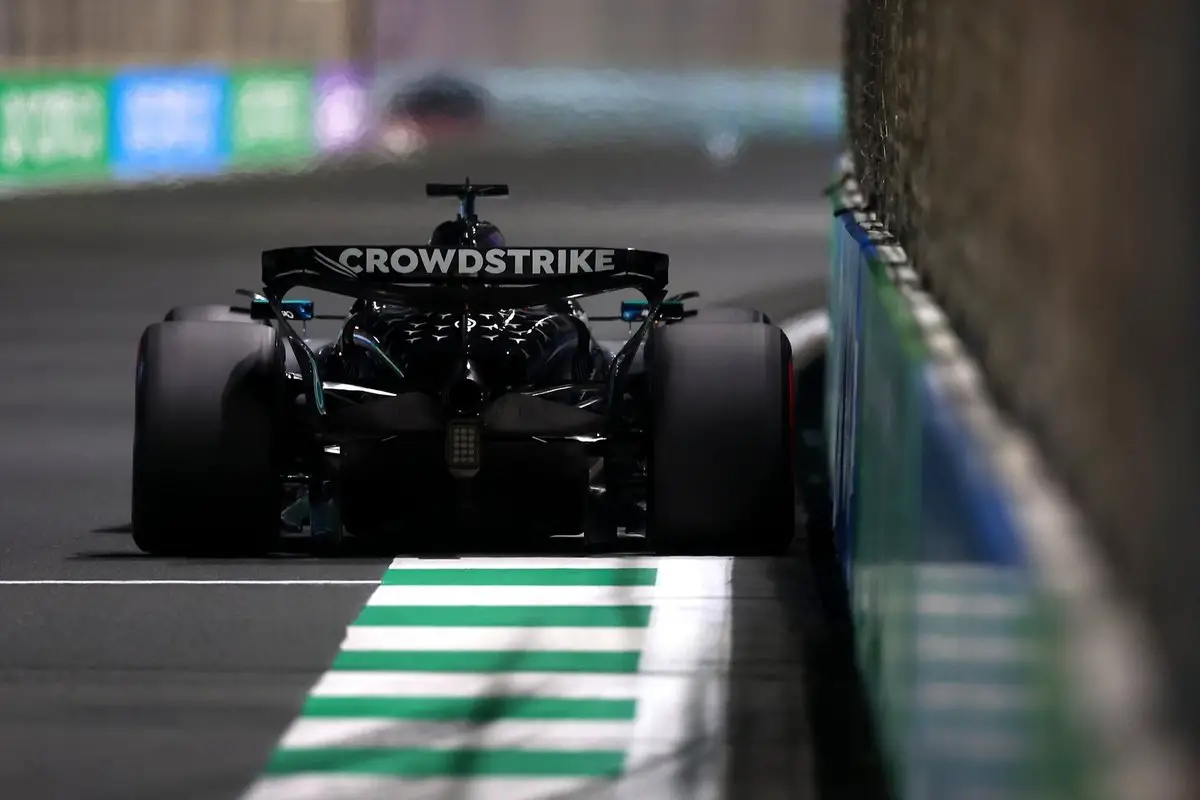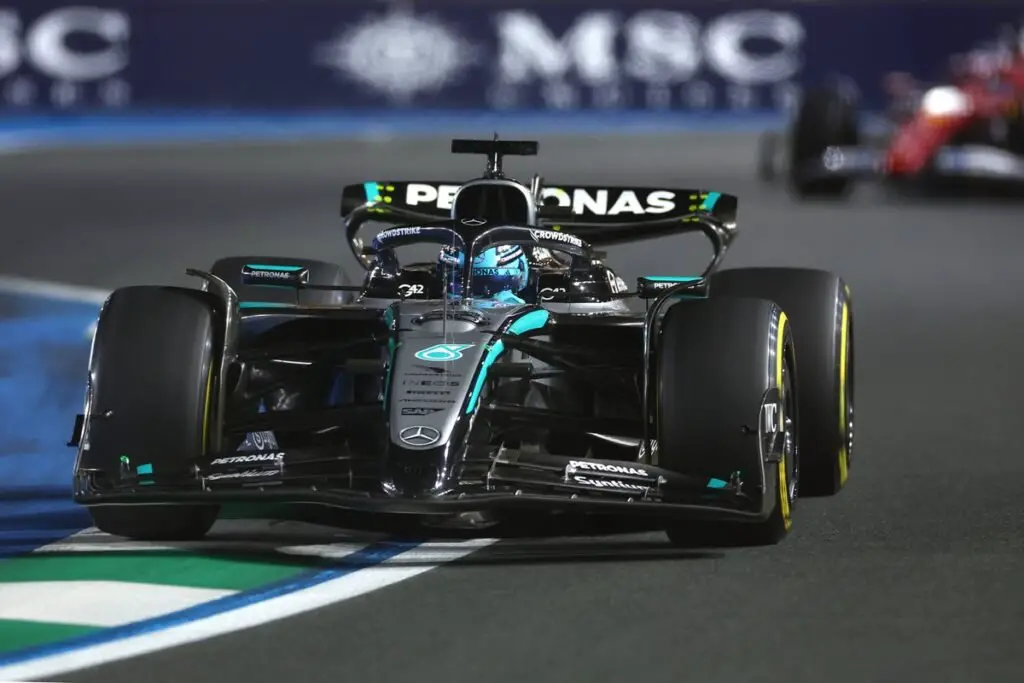Mercedes Struggles with Tyre Management in Jeddah
As the Formula 1 community geared up for the Saudi Arabian Grand Prix, a recurring topic of discussion was tyre management. Known as graining or blistering, this issue arises when tires are subjected to excessive stress before reaching their optimal operating window, or when ambient temperatures are too low to allow proper functioning. However, an unusual scenario unfolded at Mercedes – instead of graining, they were experiencing blistering.
The Anomaly of Blistering Tyres at Mercedes
While other teams grappled with graining issues due to the excellent grip provided by Jeddah’s asphalt, Mercedes found themselves battling blistering. This anomaly, seldom discussed in Saudi Arabia, was a cause for concern as it affected their tyre performance and temperature management.
During practice and qualifying sessions, it was observed that allowing the tires to cool could help recover performance, even with the soft tires, where multiple laps could be attempted without significant drop in tire performance. However, during the race, there was no opportunity to slow down and let the tires breathe, leading to uncontrollable temperature rise and triggering a chain reaction that reduced grip, increased sliding, and further overheated the tires.
Ferrari’s Masterful Tyre Management vs Mercedes’ Struggles
In stark contrast, Ferrari managed the situation flawlessly, even pushing at the end of the first stint, surprising their rivals. Unfortunately, Mercedes could not replicate this performance, with George Russell experiencing a significant drop in pace towards the end of the race.
Despite showing promise in earlier races like Bahrain, where the team completed the final stint on soft tyres, Mercedes struggled to maintain consistency in Jeddah. This was particularly evident in the medium-to-high-speed corners of the second sector, which had been ‘ strength during qualifying.

Analysis of George Russell’s Performance
From the very first laps, it was clear that Russell was struggling to keep up with the leaders, quickly falling out of Oscar Piastri’s DRS zone and the dirty air. It was unrealistic to attribute this issue to the same one affecting Piastri, who had to pit early due to excessive tyre stress.
Race data revealed a vicious circle: the increasing temperatures on Russell’s W16 triggered a noticeable reduction in grip, especially in the medium-to-high-speed corners of the second sector. Russell himself acknowledged this issue, stating, “We’ve generated more temperature than our rivals… Suddenly you get to a point where the tyres are like a balloon. We had blistering on the front, blistering on the rear, and then suddenly you just have no grip from the tyre at all.

Mercedes’ Next Steps
Despite the setback in Jeddah, Toto Wolff emphasized that they are yet to find an explanation for the issues seen in the race. The team will be focusing on improving their tyre management ahead of future races.
Interestingly, there was a stark difference in approach between the two Mercedes drivers, with George Russell experiencing tyre degradation as the stint progressed, while Andrea Kimi Antonelli recorded his best sector times towards the end of the race. This suggests that needs to address this inconsistency to improve their overall performance.







